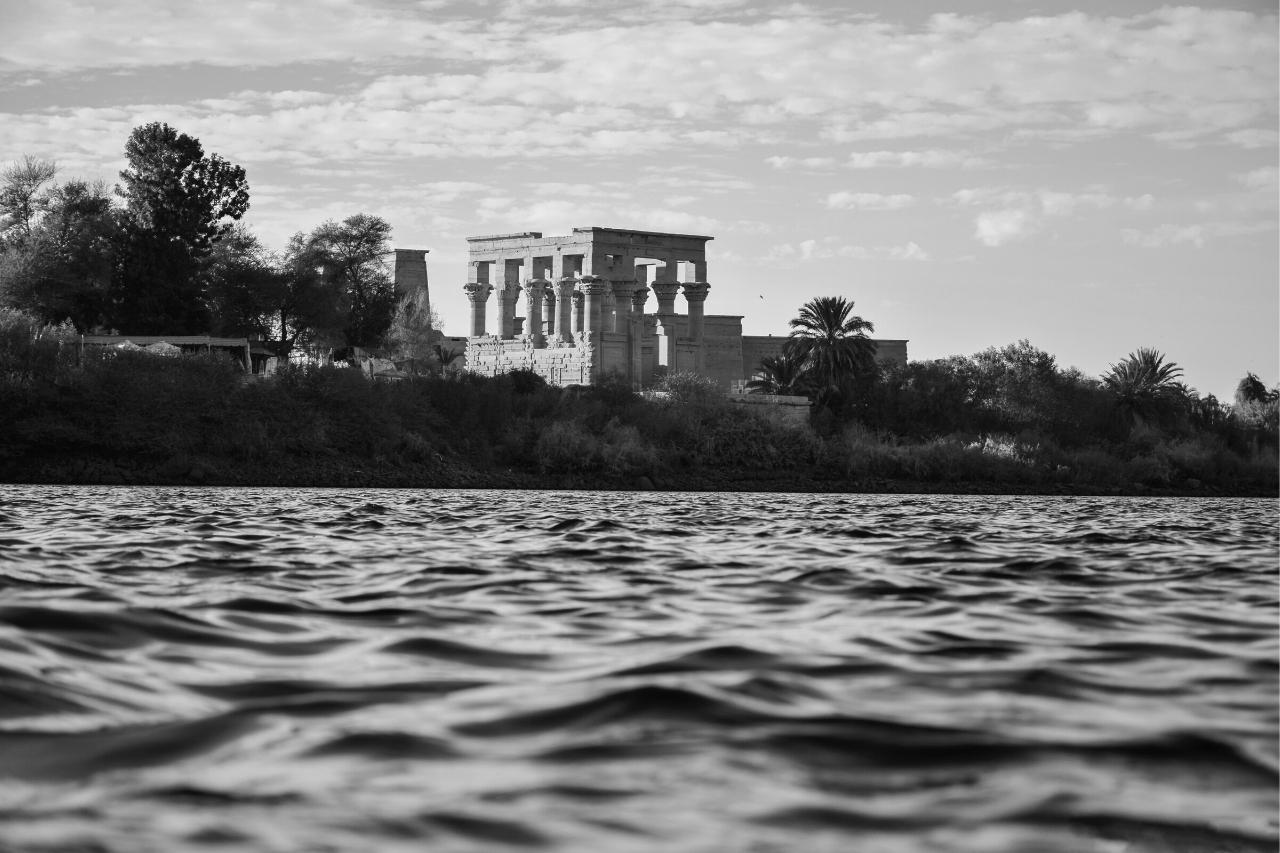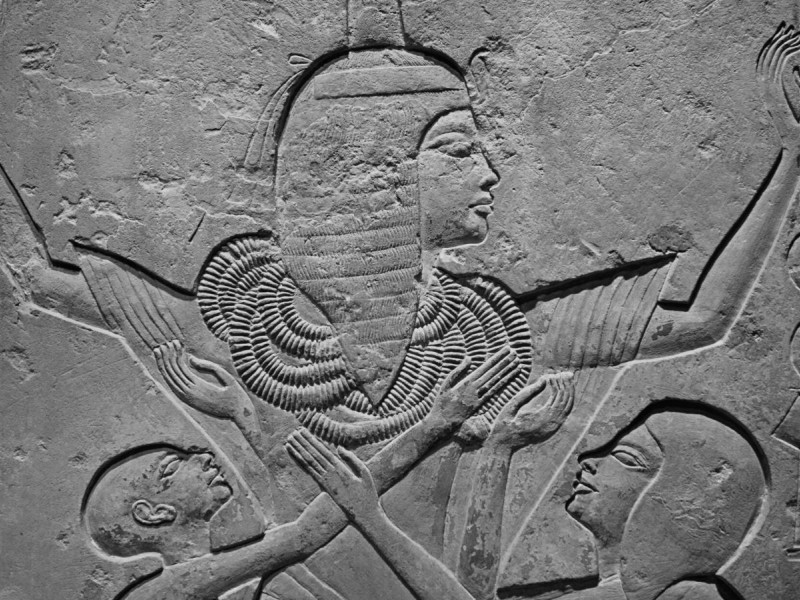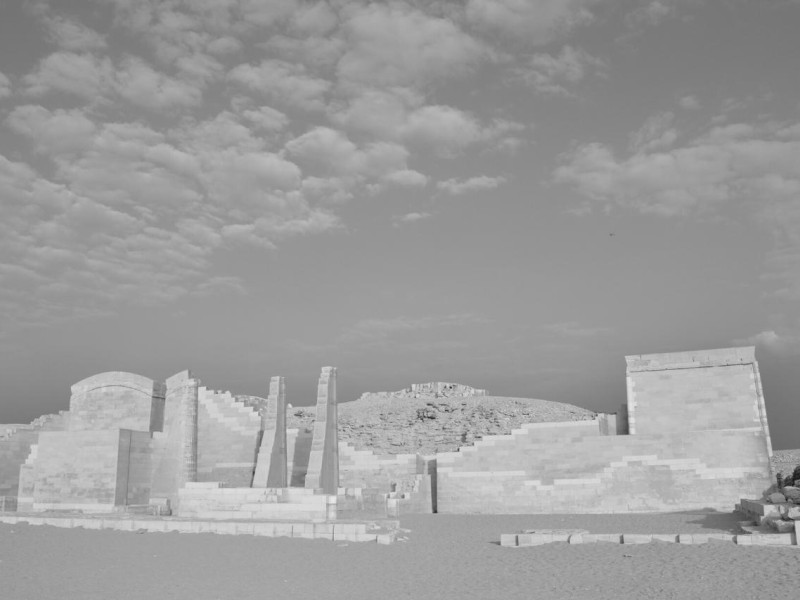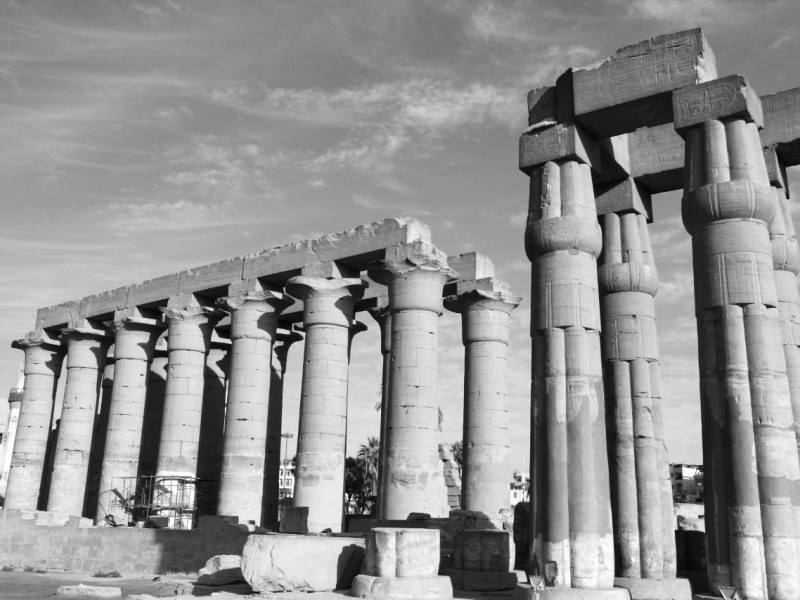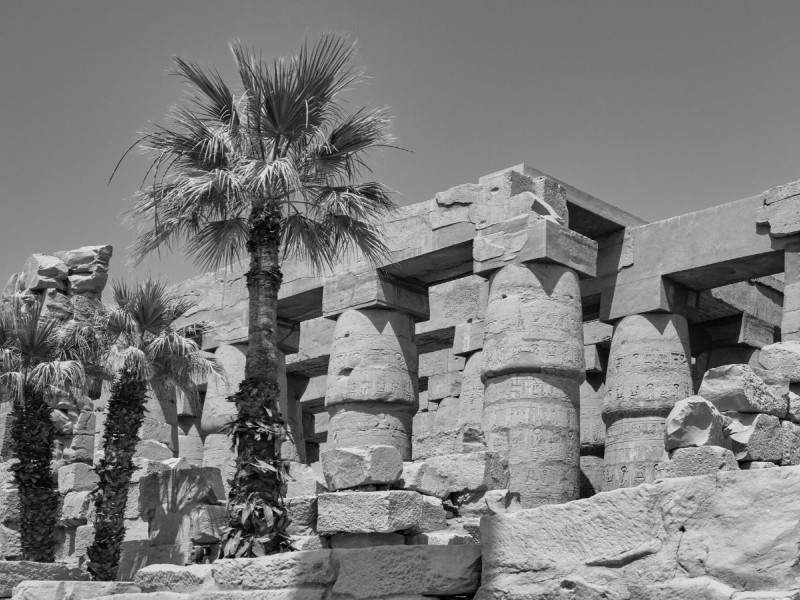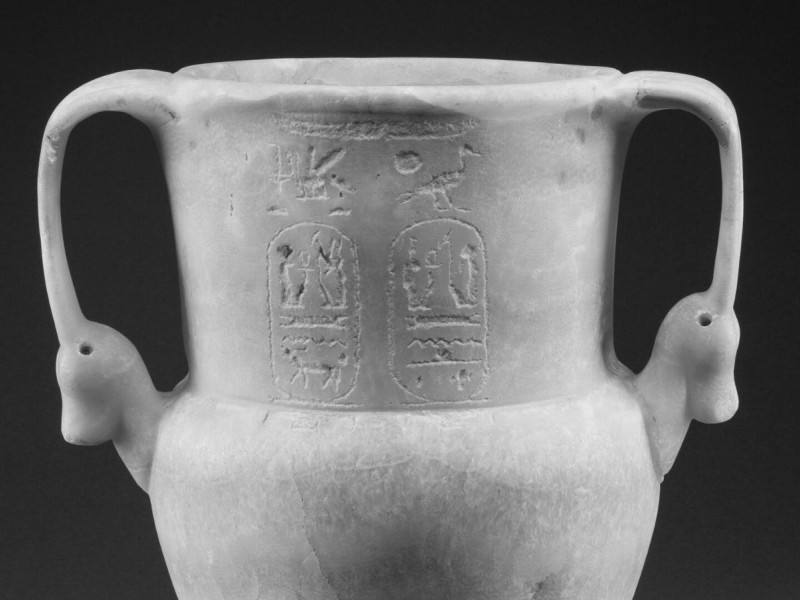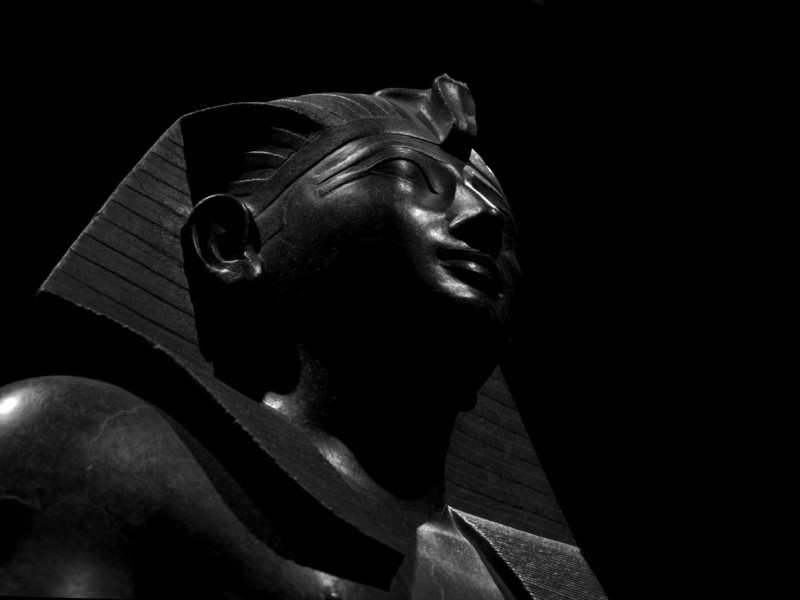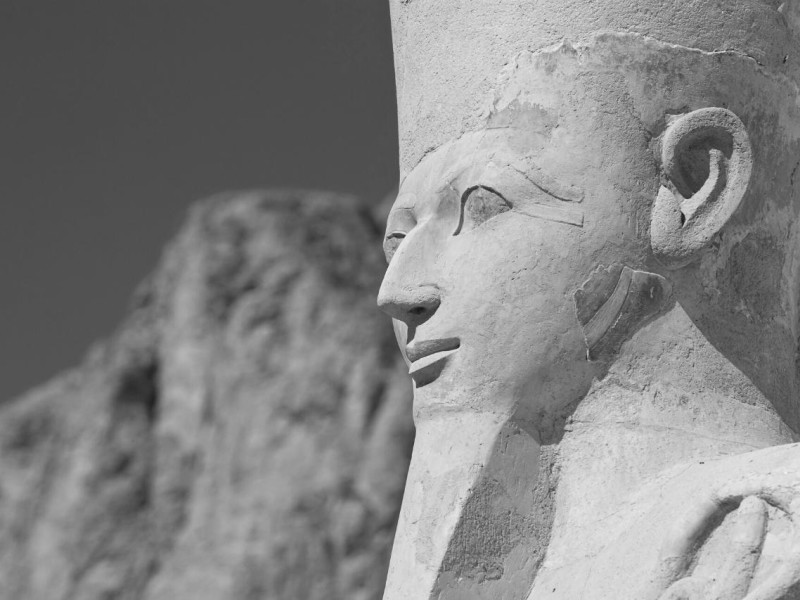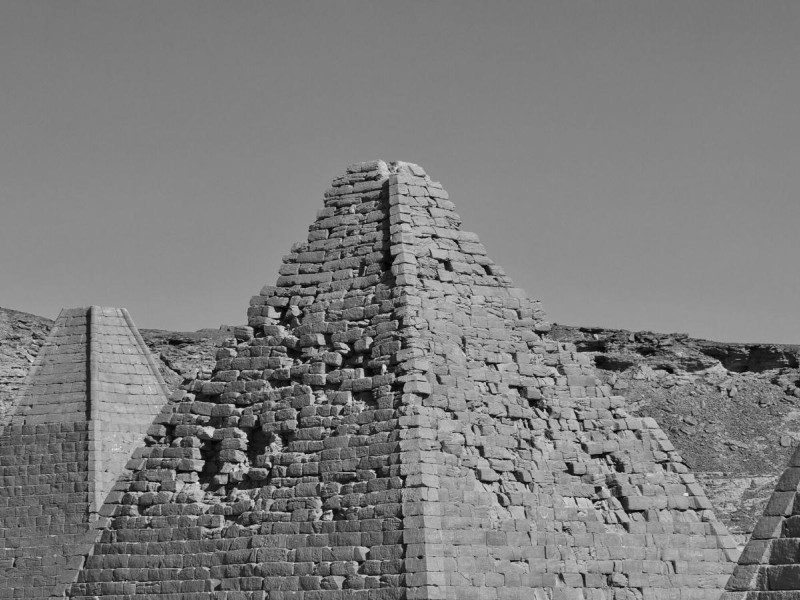Kamose: The Pharaoh Who Led the Drive To Free Egypt From the Hyksos
Kamose was the last king in the 17th Dynasty of Egypt who led several wars against the Hyksos to free and unify Egypt. The Hyskos were foreign rulers, probably Canaanites, who usurped the throne of the Egyptians in Lower Egypt.
The drive to get rid of the rulership of the Hyskos was started by Kamose’s father and was ended by his brother, Ahmose.
Continue reading to find out more about the story of Kamose.
Who Was Kamose?
Kamose was the son of the Pharaoh Seqenenre Tao and Queen Ahhotep I, and Egyptologists date the eventful rule of Kamose from 1555 – 1550 BC.
He was one of the most important kings who wanted to unify Egypt and free it from foreign rule. To achieve this, he led several campaigns against the Hyksos who controlled much of Lower and Middle Egypt. Though he wasn’t successful, his campaigns resulted in moves that brought the nation closer to an end to the Hyksos reign.
A Brief History of the Hyksos and How They Came To Rule Egypt
The word Hyksos meant a group of kings of foreign lands and referred to kings who ruled Lower Egypt and much of Middle Egypt. The Hyksos invaded Lower Egypt and conquered it around 1638 BC. They ruled Egypt for about 100 years until their defeat in 1530. A lot of information on the origins of the Hyksos and the names of their kings are not available.
However, they could either be Canaanites or Levantines who had come to settle in Egypt. Although some scholars believe that the Hyksos rule was due to an internal uprising from immigrants, others believe it was a foreign invasion. The Hyksos may have broken away from Egyptian control during the unstable era of the Thirteenth Dynasty.
They gradually conquered the nation from Lower Egypt through Middle Egypt to Cusae, a city in Upper Egypt. The Hyksos reigned over Lower Egypt alongside the kings of the 16th and 17th Dynasties who ruled from Thebes.
Existing records indicate that conflict with the Hyksos began when the Egyptians started to move for independence. Kamose’s father, Seqenenre Tao, initiated the conflicts with the Hyksos, but it isn’t clear what triggered the dispute.
The Death of Seqenenre Tao
What is not in doubt is the manner of death the father of Kamose suffered. Records from his corpse discovered in Thebes show that he died in battle with the Hyksos. The records read that King Seqenenre was hit in the head by several axe blows. His head was then smashed and his face was cut, which led to his death.
Some scholars believe that the conflicts began when King Seqenenre responded to an insult from Apepi, the king of the Hyksos. Apepi had asked Seqenenre to relocate a pool of Hippotamuses he had established. This angered Seqenenre, who felt insulted, and he then led a campaign against Apepi. This was the battle that was believed to have caused his death.
King Seneqreqe died between the ages of 30 and 40 and his death marked the beginning of several conflicts between the Egyptians in Thebes and the Hyksos. The mother of Kamose, Ahhotep I, also got involved in the war. However, it was her son, Ahmose I, who eventually conquered the Hyksos, drove them out, and reunited Egypt.
Events That Led to Kamose’s Conflicts With the Hyksos
Kamose inherited the reins from his father and continued the war against the Hyksos, and this time he had a clear agenda. His goal was to wrestle Lower Egypt from foreign kings and add it to his kingdom.
His government, however, thought that war with the Hyksos was needless, so it refused to sponsor his campaign. This was because the Thebans had signed an MOU with the Hyksos to allow the Thebans access to the fertile region of the Delta in Lower Egypt.
The government, therefore, did not see why Kamose should go to war with the Hyksos. After all, doing that would break the agreement that both parties had. However, Kamose refused to listen to his council as he was set on the notion that Egypt should be united and ruled by an Egyptian. So he sailed northwards to fight the Hyksos, whose capital was Avaris.
Amun’s Blessing
It was commonly understood that Amun, the primordial deity, commanded Kamose to fight the Hyksos. It was also believed that the priests of Amun sponsored the attacks on the Hyksos due to the command given by their patron.
Though existing records show that Kamose was commanded by Amun to attack the Hyksos, it was a common statement attributed to all kings. This did not mean that Kamose’s conflict with the Hyksos was literally commanded by Amun or sponsored by his priests.
Kamose Attacks Lower Egypt
Kamose then set sail to Lower Egypt via the Nile. His first stop was at a garrison in the city of Nefrusy, Lower Egypt. The garrison belonged to the Hyksos and there was quite a sizable army there. Kamose attacked the garrison with his men and vanquished the army installation.
This was a strategy that was common throughout all his campaigns. Kamose first attacked small Hyksos villages and army units that could put up little resistance. He then conquered those small villages and annexed them. If any Hyksos settlement or garrison mounted a strong defense, he would go to the next village to the north of that settlement and conquer that instead.
The idea was to cut off those settlements from getting help from the north. By doing this, Kamose would slowly force that particular Hyksos city to surrender. This strategy helped Kamose to quickly take over several Hyksos towns and villages. Soon, Kamose got to Avaris, the capital of the kingdom of the Hyksos.
Kamose Attacks Avaris
According to the stela of Kamose, probably written by him, he attacked Avaris and sacked the city. He narrated that the attack was so quick and precise that the people had little time to respond.
The women of Avaris stood in amazement at the sight of the army of King Kamose and wailed at the destruction of their city. Kamose claimed that his attack rendered the surviving women of Avaris infertile.
Although Avaris fell, the Hyksos still held on to Memphis, an important city in Lower Egypt. Kamose destroyed Avaris but could not get rid of the Hyksos. He then returned to Thebes with the loot he got from Avaris.
Disputes
However, some scholars believe Kamose never sacked Avaris. They believe that the inscription on the stela of Avaris was only the intention of Kamose which he never carried out.
Some scholars believe that Pharaoh Kamose did not even enter Lower Egypt. They concluded that he only went as far as the city of Anpu in Middle Egypt.
The Messenger of King Apepi
After capturing the city of Nefrusy, Kamose moved northwards and captured a messenger of King Apepi of the Hyksos. The messenger was carrying a message from Apepi to the ruler of Kush asking for his help in stopping the army of Kamose. Kamose, after unraveling the message, swiftly ordered some troops to destroy the Bahariya Oasis. This was to discourage the Kushites from coming to the aid of the Hyksos.
Kamose then returned the letter and the messenger to the kingdom of the Hyksos. His intention was for the courier to inform Apepi of his victories.
Note that some scholars think that Kamose’s action in returning the letter is further proof that he never attacked Avaris. If he did and was victorious, then there would be no need to return any letter to the Hyksos.
Kamose then went back to Thebes to celebrate his victory over the Hyksos. He had succeeded in pushing the frontiers of the Hyksos from Cusae northwards to Sako. However, the Hyksos were not the only enemies of the Egyptians. He had other enemies in the south: the people of Kush.
Campaigns Against the Kushites
The Kushites lived to the south of the Egyptians and were allies with the Hyksos. According to existing records, Kamose had first attacked the Kushites before embarking on a campaign against the Hyksos.
The reason for fighting the Kushites was not clear but it was impossible for Kamose to fight both the Kushites and the Hyksos at the same time. However, between the 4th and 5th years of his reign, he embarked on another campaign against the Kushites.
The reason for this second campaign was to recapture the fortress of Buhen from the Kushites. Initially, the fortress belonged to the Kushites but was captured by the Egyptians. The Kushites retaliated and won back the fortress. This angered Kamose, who then launched an attack on the Kushites to recapture the fortress.
The results of his campaigns against the Kushites are not available, so it’s impossible to tell whether he won or lost.
How Long Did His Reign Last?
The length of Kamose’s reign was originally thought to be only three years, but some discoveries have proven that he ruled for five years. This was because of his second campaign in Nubia, which took place between the 4th and 5th years of his reign.
Also, Kamose co-reigned with his younger brother, Ahmose, after three years on the throne. This is backed by evidence from two rock inscriptions found in Nubia that featured the names of Ahmose directly under that of Kamose.
Both Kamose and Ahmose were given the title “Given Life,” which was a title only reserved for ruling Pharaohs. The nature of the inscriptions showed that they were written at the same time by the same writer. This was an indication that both Kamose and Ahmose ruled side by side. However, the stela of Kamose which records his third-year exploits did not feature the name of Ahmose.
Therefore, Egyptologists concluded that Kamose may have appointed his brother Ahmose as coregent after three years of his reign. This puts the rule of Kamose beyond three years as initially thought.
How Did Kamose Die?
Kamose died in battle against the Hyksos according to a text discovered in Thebes, but the exact nature of his death is still a mystery. When his mummy was discovered in 1857, it was in bad shape and hidden under a pile of dirt at the necropolis of Dra’ Abu el-Naga’. The coffin of Kamose was painted and designed with stucco and it contained several objects made of precious minerals.
There was a dagger made of gold and silver, a mirror made from bronze, and a pectoral which had his brother’s name, Ahmose, printed on it. At first, when the mummy of Kamose was discovered, the Egyptologists could not recognize the name written on the coffin. It took about 50 years for them to decipher that the name written on the sarcophagus was Kamose.
His Remains
By the time it was discovered that the sarcophagus was that of Kamose, the mummy was nowhere to be found. This is because the Egyptologists who discovered the mummy under a pile of dirt left it there.
The coffin of Kamose is in Egypt while the gold and silver dagger is in Brussels, Belgium. The bronze mirror and the pectoral have been deposited in the Louvre Museum in France.
Summary
In this article, we’ve read the history of Kamose and why he initiated a campaign to drive the Hyksos out of Egypt. Here is a recap of what we’ve discovered so far:
The father of Kamose was the first to lead the fight against the Hyksos.
Kamose’s father, King Seqenenre Tao II, died in battle with the Hyksos and was replaced by his son on the throne.
The Hyksos were foreigners who had migrated to Egypt and taken over Lower and Middle Egypt as rulers.
Pharaoh Kamose wanted to free Egypt from the hands of the Hyksos, so he attacked them when he came into power.
Kamose sailed north from Thebes and captured some towns in Lower Egypt but was unable to get to Avaris, the capital of the Hyksos.
Surviving texts prove that Kamose was killed in battle with the Hyksos, just like his father.
Egyptologists discovered the sarcophagus of Kamose under a pile of dirt in a necropolis.
All in all, Kamose reigned for approximately five years.
The story of Kamose is important because it marked the beginning of the unification of ancient Egypt. It also heralded the dawn of the nation’s freedom from foreign rule.
